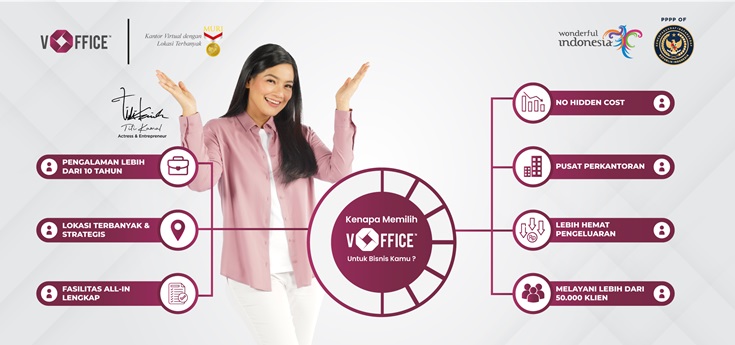Before discussing the differences between PIRT and BPOM, it is important to note that each type of food requires specific permits. In general, food can be categorized into two types: fresh food and processed food.
Read also: 23 Creative Business Ideas to Try for Beginners
Types of Fresh and Processed Food
1. Fresh Food
Fresh food refers to items that do not require additional processing and are marketed in their fresh state from the producer. Some groups of fresh food include:
- Fresh food from animals, such as beef, chicken, and other poultry.
- Fresh food from plants, such as vegetables and fruits.
- Fresh food from fish, including lobster, crab, catfish, and other fish types.
Different permits are required for various fresh foods. For instance, permits for fresh plant-based food are issued by the Ministry of Forestry, while permits for fresh fish-based food are issued by the Ministry of Maritime Affairs and Fisheries.
2. Processed Food


Processed food undergoes additional processing in its preparation. Apart from the main ingredients, processed food may require additional additives, and there is usually an advanced processing stage before the product is marketed. Processed food is divided into two categories:
a. Ready-to-Eat Processed Food
This type is consumed directly by consumers, such as in restaurants or food stalls. In some cases, food is served or packaged in front of the consumer, as is common in snack booths. If you operate such a business, your products do not require permits from BPOM.
b. Packaged Processed Food
This type of processed food requires special packaging for storage. Additionally, packaged processed food usually needs special handling during storage, such as avoiding direct sunlight, refrigeration, or freezing. This category of processed food requires certification from both BPOM and PIRT.
Having understood the basic differences between the two, let’s delve deeper into their distinctions and the required permits.
Read Also: Understanding PIRT: License for Home Business
Differences Between BPOM and PIRT: Which One to Choose?
After identifying the types of food, let’s explore the differences between PIRT and BPOM.
1. Production Facilities
Processed food requiring PIRT is typically produced on a small scale or in locations connected to residential areas. In contrast, BPOM permits are used for processed food produced in facilities separate from residential areas.
2. Production Processes
PIRT-covered processed food is typically processed manually to semi-automatically, while BPOM covers manual, semi-automatic, automatic, or special technology processes such as UHT or pasteurization.
3. Types of Produced Food
PIRT refers to the Regulation of the National Agency of Drug and Food Control (BPOM) No. 22 of 2018 concerning PIRT Production Certificates. Requirements for processed food with PIRT include:
- Shelf life exceeding 7 days at room temperature.
- Packaged and labeled food.
- Produced domestically.
- No specific claims.
On the other hand, BPOM refers to the Regulation of the National Agency of Drug and Food Control (BPOM) No. 27 of 2017 concerning Registration of Processed Food. Some types of food that must be registered with BPOM include:
- Processed food in retail packaging.
- Fortified or enriched food with nutrients.
- Mandatory Indonesian National Standard (SNI) food.
- Market-tested food.
- Food Additives.
With this understanding, we can differentiate between processed foods that require BPOM and PIRT.
Processed Foods That Do Not Require Marketing Authorization
Not all processed foods require marketing authorization, either from PIRT or BPOM. Some examples include:
- Processed foods with a shelf life of less than 7 days, such as fresh pastries.
- Imported processed food in small quantities.
- Processed food used as raw materials.
- Processed food sold in large quantities to companies.
- Processed food packaged in front of the buyer or ready-to-eat processed food.
This provides a general overview of the differences between PIRT and BPOM, as well as the types of processed foods that do not require marketing authorization. However, for more certainty, it is advisable to seek further information related to the specific type of processed food that suits your business to determine the appropriate licensing.
If you intend to start or expand your business, you can rely on the services provided by vOffice. Our professional team is ready to assist you with various business needs, such as:
- Establishment of Limited Liability Company (PT)
- Establishment of Commanditaire Vennootschap (CV)
- Virtual Office Rental
- Office Space for Rent
- Meeting Room Rental
- and various other services.
Contact us now and get special offers!
[contact-form-7 id=”f1aa646″ title=”Contact Form Blog_EN”]










